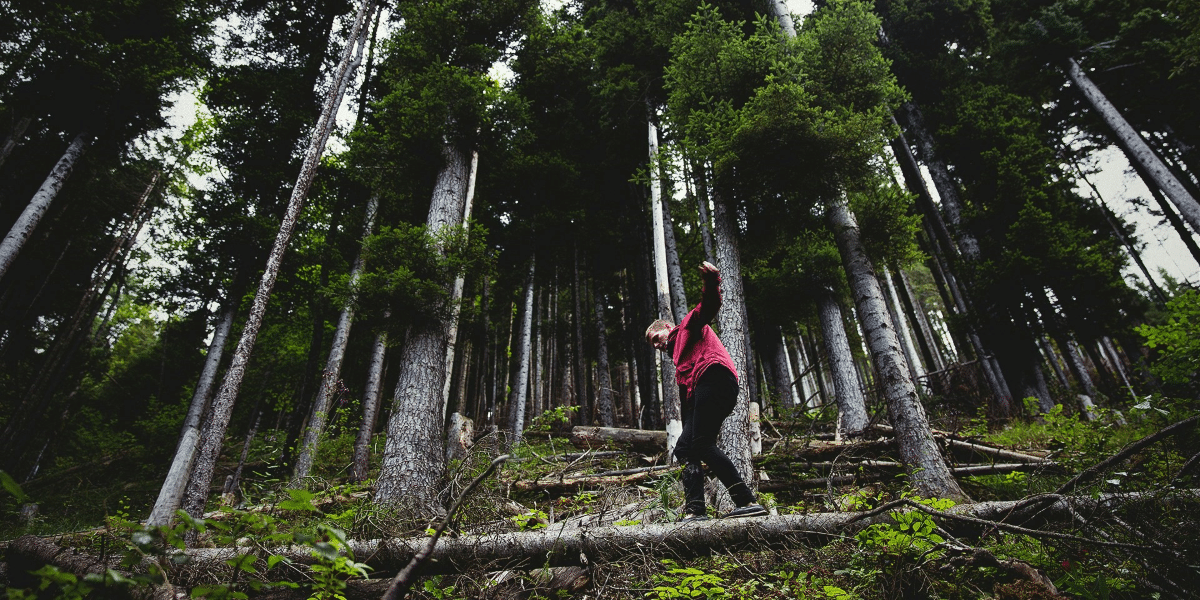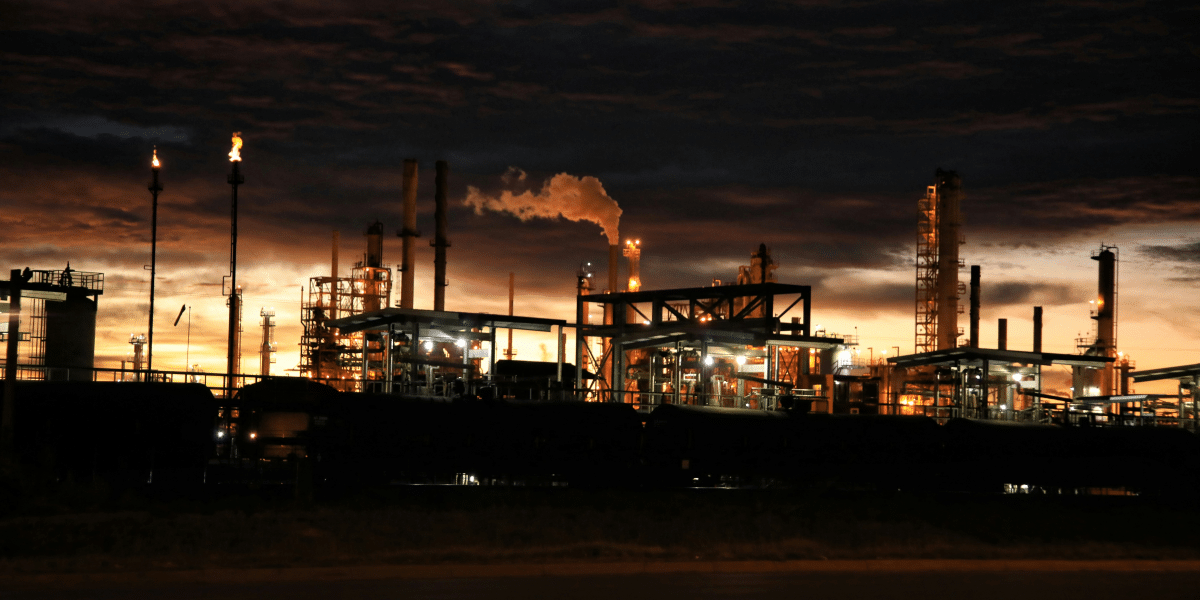The Lone Star State’s frontier era was a turbulent time of cattle drives and railroad barons, of shifting borders and clashes between fiercely independent settlers, Native tribes, outlaws, and lawmen.
AUSTIN, Texas – Texas embodies the image of the Wild West. Yet, the reality is far more complex than Hollywood shootouts and tales of lone gunslingers. While those elements existed, the Texas frontier was shaped by a confluence of powerful forces reshaping the land and its people.
Clash of Cultures
Long before Texas was a state, the vast territory saw centuries of conflict and coexistence:
- Native Sovereignty: Powerful tribes like the Comanche, Apache, and Kiowa fiercely defended their ancestral lands, their horsemanship and warrior traditions making them formidable adversaries.
- Spanish and Mexican Influence: The remnants of missions, the Spanish-infused vaquero (cowboy) traditions, and place names across Texas are reminders of its earlier colonial periods.
- American Settlers: Lured by promises of cheap land and fueled by the idea of Manifest Destiny, settlers flooded Texas, leading to inevitable conflict over resources and cultural differences.
The Texas Rangers: Law and Controversy
Established in 1823, the Texas Rangers were meant to safeguard settlers and counter Native American raids. Their history is shrouded in both bravery and brutality:
- Frontier Fighters: Rangers honed their tracking and combat skills in harsh conditions, often pursuing Native tribes who crossed shifting and disputed borders.
- Tarnished Reputation: Records detail Rangers’ participation in massacres, extrajudicial killings, and intimidation tactics during times of heightened conflict.
- Evolving Roles: Rangers transitioned into a state law enforcement agency, but controversially were also used to break up labor strikes and enforce racial segregation policies.
Gunslingers: Myth vs. Man
The lone gunman facing off on a dusty street is a Wild West staple – but the truth is often grittier:
- Violence Was Real: Shootouts did happen, fueled by lawlessness, cattle rustling, hot tempers, and plentiful alcohol.
- Few True Legends: Some famous figures, like Wild Bill Hickok, spent little time in Texas. Others, like John Wesley Hardin, were prolific killers whose exploits were later exaggerated.
- Frontier Women: The popular image of the saloon madam or helpless damsel is limited. Women on the Texas frontier, from ranchers to outlaws like Belle Starr, showed remarkable grit and defiance of social norms.
Cattle Drives: Gritty Business, Not Romance
The image of the cowboy is inseparable from Texas. Long cattle drives along trails like the Chisholm Trail were defining events:
- Economic Lifeline: After the Civil War, Texas overflowed with longhorn cattle. The challenge was transporting them north to meet growing beef demands.
- Dangerous and Unglamorous: Cowboys faced stampedes, river crossings, and hostile raiders. Work was monotonous, and wages were low.
- Mythic Trail: Tall tales emerged from this era, but the reality of the cowboy was shaped by a blend of Mexican vaquero and Southern drover traditions, with Black cowboys playing a crucial yet often overlooked role.
Iron Horses and the Taming of the Frontier
The railroad’s arrival heralded the beginning of the end for the open range and the Wild West:
- Rapid Transformation: Railroad barons raced to lay tracks across Texas, bringing an influx of settlers and supplies, while making large cattle drives obsolete.
- Boomtowns and Bust: Towns sprang up and withered away along rail lines, their fates tied to the shifting whims of industry and resource extraction.
- Opportunity and Exploitation: Railroads opened Texas to markets and new settlers but also displaced Native tribes and led to further exploitation of both land and labor.
The End of an Era
By the early 20th century, the era of the Texas open range was over. Reasons include:
- Barbed Wire: This simple invention allowed for land enclosures, ending free grazing and sparking range wars between cattle barons and smaller ranchers.
- Law and (Relative) Order: The establishment of towns and increased law enforcement tamed the most blatant violence, even if true “frontier justice” had a way of lingering.
- Changing Texas: Farming, industry, oil booms, and growing cities shifted the state’s focus, making the old ways seem like relics of the past.
The Legacy of the Wild West
The Texas frontier left a lasting impact on the American psyche and Texas’s self-image:
- Romanticized Violence: Dime novels and later Hollywood Westerns perpetuated the gunfighter myth and often downplayed the suffering of the era’s victims.
- Texas Pride: The frontier symbolizes independence, ruggedness, and a can-do spirit still central to Texas identity.
- Complex Reality: Ongoing historical research reveals a more nuanced past filled with overlooked voices, systemic injustices, and a landscape forever scarred by conflict.
Texas’s Wild West era was a time of hardship, resilience, and clashes that fundamentally altered the continent. Its echoes linger not just in rodeos and cowboy boots, but in the ongoing debates about land, borders, and who gets to lay claim to a state’s story.





